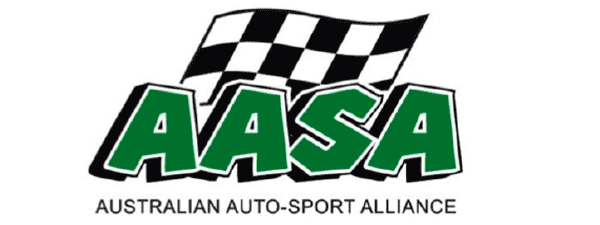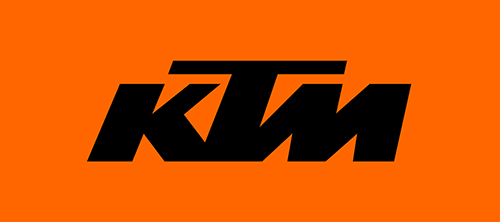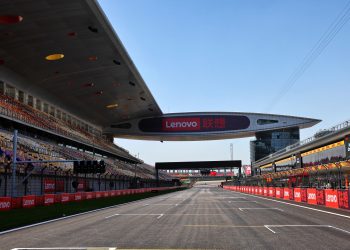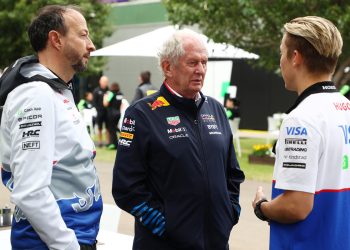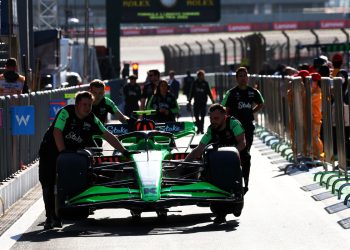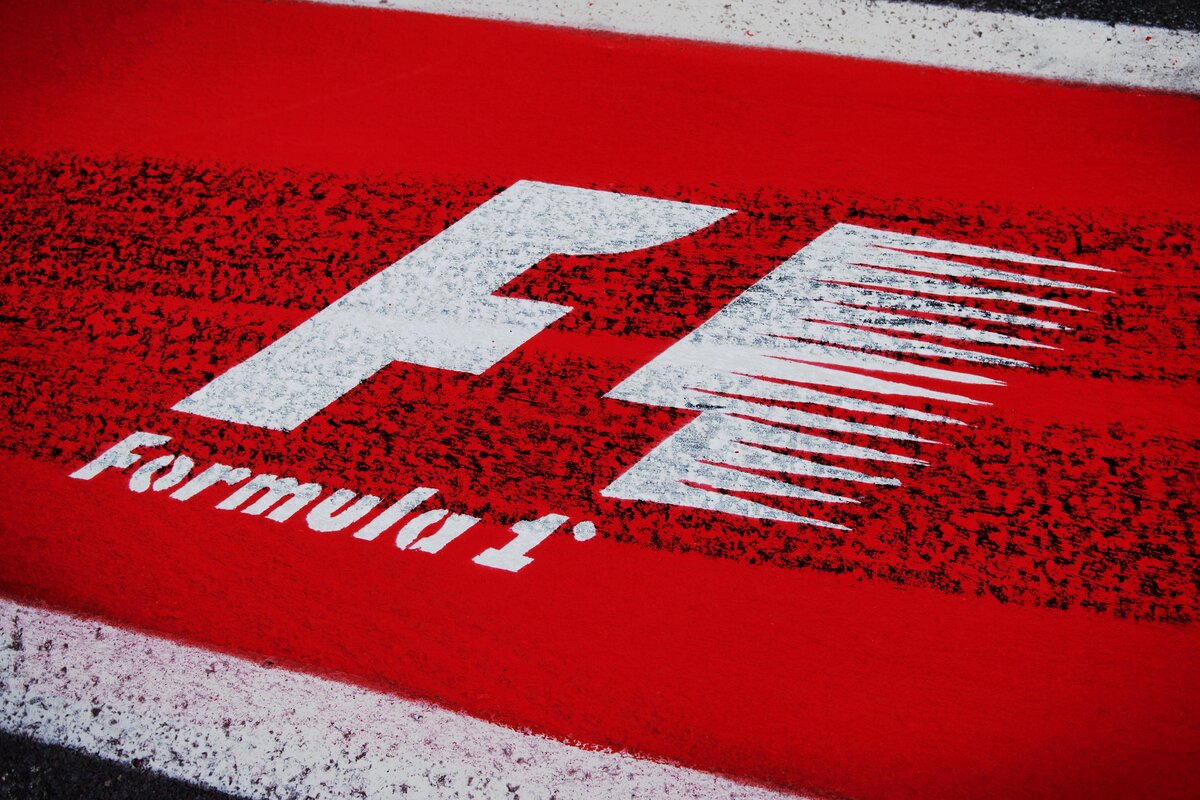
The current explosion in popularity of Formula 1 has driven growth like it has never experienced.
New fans are tuning in, opening new markets and demographics like the sport could have once only dreamed of.
Last year's United States Grand Prix reset the record for greatest event attendance at 440,000 across the weekend – a figure toppled by Australia earlier this month at 444,000.
Such growth, however, cannot be sustained.
The challenge facing the sport now is solidifying its new fan base and securing its business model for a future that won't be able to boast the same explosive growth.
Revenue grew for 2022 by more than $400 million versus the previous calendar year while its operating income was up 333 percent in 2021.
That has been fueled by growing television audiences with a 2021 global television audience of 1.55 billion, up four percent in 2020.
The Netherlands, the United States, France, Italy, and the United Kingdom all saw strong growth of at least 39 percent (the former, 81 percent).
It's a similar story on social media where follower numbers have swelled across platforms.
That has translated into increased mentions and therefore coverage and interactions which serves to feed the cycle.
That will invariably slow at some point as the rocket ride the sport is on cannot go on forever.
When that transition occurs is unclear but it is arguably the greatest risk now facing Formula 1 as a business.
“We know that we want to preserve is the success of this competition, the success of the event that we are building on,” Formula 1 CEO and president Stefano Domenicali told Speedcafe.
It's a sweeping statement that brushes across a host of topics from fan engagement to long-term revenue generation and risk mitigation.
All are critical to the sport's future because without fans, revenue drops. Without revenue, the business stops.
The challenge is to maximise revenue now but also in the future.
Formula 1 is owned by Liberty Media.
While it has fostered a great number of positives for the sport, it is not altruistic and its interest in the sport is a result of its ability to make a positive return on investment.
As a result, it is willing to tinker with Formula 1 to make it more appealing to a broader fan base, to make it more marketable and commercially appealing, all of which feeds back to revenue generation.
The trick is staying away from gimmicks that cheapen the sport or offer a short-term gain but ultimately damage it down the track.
The F1 Sprint initiative has seen a spike in television interest and proved popular with fans trackside – a point which pleases promoters, too.
Initiatives like that offer more than just what is seen on track.
Keeping the promoters happy allows the sport to charge more for hosting fees.
The increased track action translates to more television viewers and the ability to command a higher premium for broadcasting rights.
Then there are the knock-ons of increased coverage of the trackside signage, uptake in corporate hospitality, and more.
The Sprint is one example of an initiative that has benefits to the broader business which serve to solidify and mitigate the risk of a fickle fanbase losing interest.
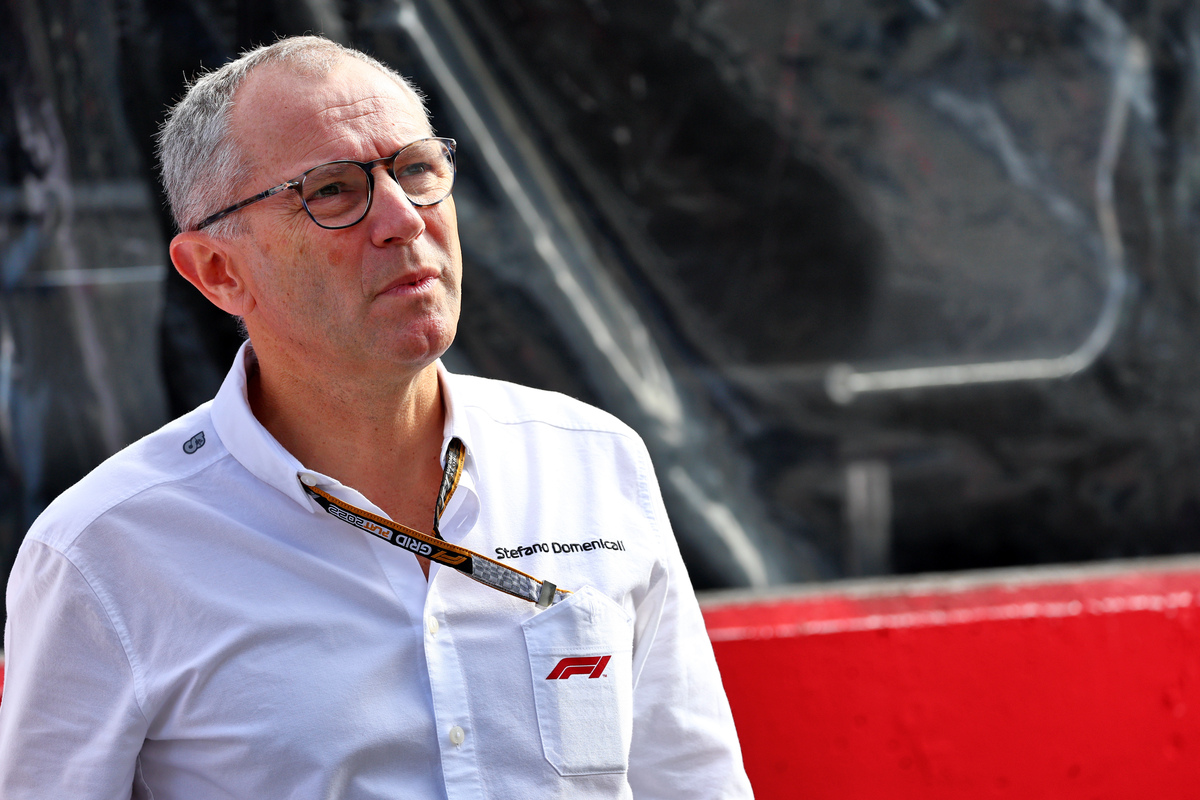
The sport has also made itself more accessible, with a new social media strategy engaging with fans like never before.
“We want to offer to the ones that cannot be there something to be connected,” Domenicali says.
Formula 1 has its own over-the-top service, F1TV, which offers (depending on markets) live session coverage, live updates, timing, replays, highlights, behind-the-scenes shows, and more.
Those efforts are intended to maximise the sport's reach and speak with fans directly in an effort to engage them – to transform the casual viewer into an ardent fan.
“You can have a cycle that is going up, down as well,” Domenicali acknowledged.
“For us, it's still important to make sure that our fundamentals will be robust.
“And we are just scratching the surface with new markets that are at the beginning of a new journey.”
The United States is one of those.
While Formula 1 has visited the US since the 1950s, it has only been in the last five years that it has found any real traction.
This year it has three events including the much-anticipated Las Vegas Grand Prix.
There is an appetite to expand elsewhere, including into Africa with a concerted effort in recent years to revive the South African Grand Prix.
Such a move will only be made when there is a clear and sustainable future for the event.
Suring up the medium- to long-term with promoters is a paramount consideration as it effectively guarantees an income stream for the period of that contract.
It is why Bahrain has a deal until 2036, and Melbourne a year beyond that.
A number of key events in established or growing markets have been signed on to lengthy contracts as a way of underpinning the business going forward.
That then affords Domenicali the security to experiment, to explore new markets, events, and initiatives.
It also insulates the business from any bubble it may be enjoying.
And by staggering the end date of those longer-term deals it offers something of a glide path down, should F1's swelling interest prove temporary.
It's simple economics and monetary policy: when the going is good, save and invest to safeguard the operation so when things do slow the funding is there to support and offset.
That is what Domenicali is doing; locking in the fundamentals to protect the business while taking calculated risks to continue its growth.


